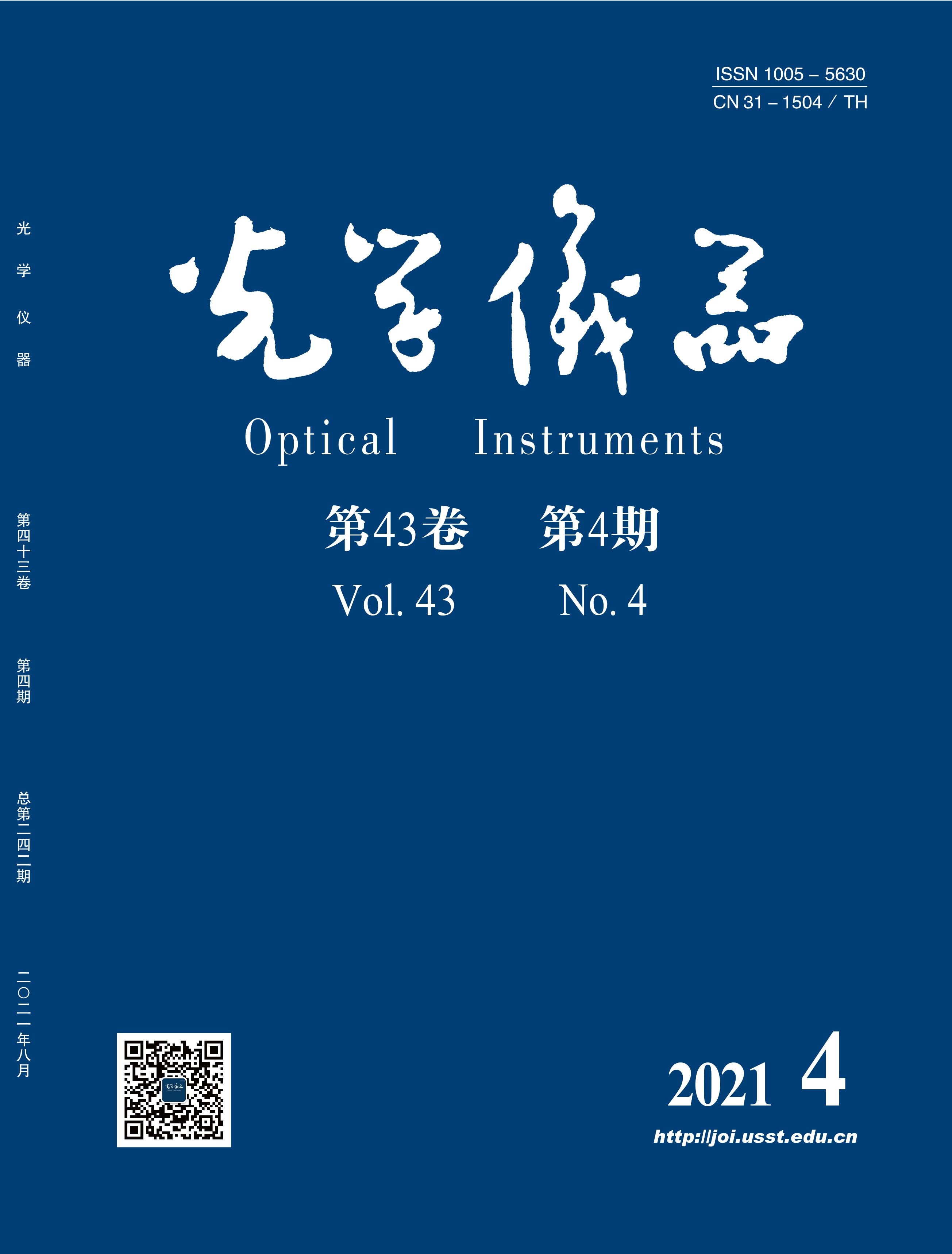
To reduce the noise interference and peak positioning error of the spectral system when the position of the object to be measured changes, based on the principle of Kalman filtering algorithm, a method is proposed to improve the m
Metalens have gradually replaced or supplemented traditional refractive and diffraction lenses with their unique advantages, leading to further miniaturization of high-performance optical devices and systems. This miniaturization
Depth information plays an important role in the fields of robotics and autonomous driving. The depth map obtained by the depth sensor is relatively sparse. Researchers have proposed a large number of methods to complement the mis
It has become the research focus to realize the infrared radiation spectrum regulation by designing and optimizing micro/nano photonic structures. Recently, neural network inverse design has attracted wide attention because of its
A silicon photonic chip space coupling system is studied, which simplifies the coupling mode of integrated photonic chip with optical fiber array, Through the spatial optical system, the light in the band near 1550 nm is verticall
The terahertz photoconductive antenna driven by femtosecond laser is a common terahertz source in terahertz time-domain spectroscopic system. Because of its omni-directional radiation mode, the main lobe of photoconductive antenna
With the rapid expansion of laser application fields, the laser with ultra-high peak power and ultra-narrow pulse width has gradually become one of the important research directions of the laser fields in the future. These laser w
In this paper, we designed a photon-number-resolving single-photon detector based on an avalanche photodiode, which used a short-pulse gated signal combining with a capacitive balanced noise suppression scheme to achieve a single-
Traditional surgical navigation systems require operators to switch their eyes between the display screen and the lesion area. In order to solve this problem, augmented reality surgical navigation has been applied. This paper desi
Raman spectroscopy can identify the spectral characteristic peaks of plastic products, but the operation process is complicated and the accuracy needs to be improved. Therefore, a classification algorithm for plastic products base
Due to high conductivity and large specific surface area, 2D titanium carbide (Ti3C2Tx) can be used as an electrode material for supercapacitors with high energy density. However, the deactivation of Ti3C2Tx through irreversible o














